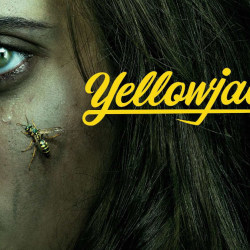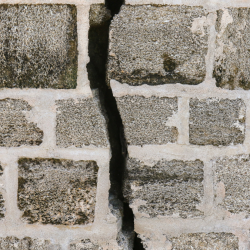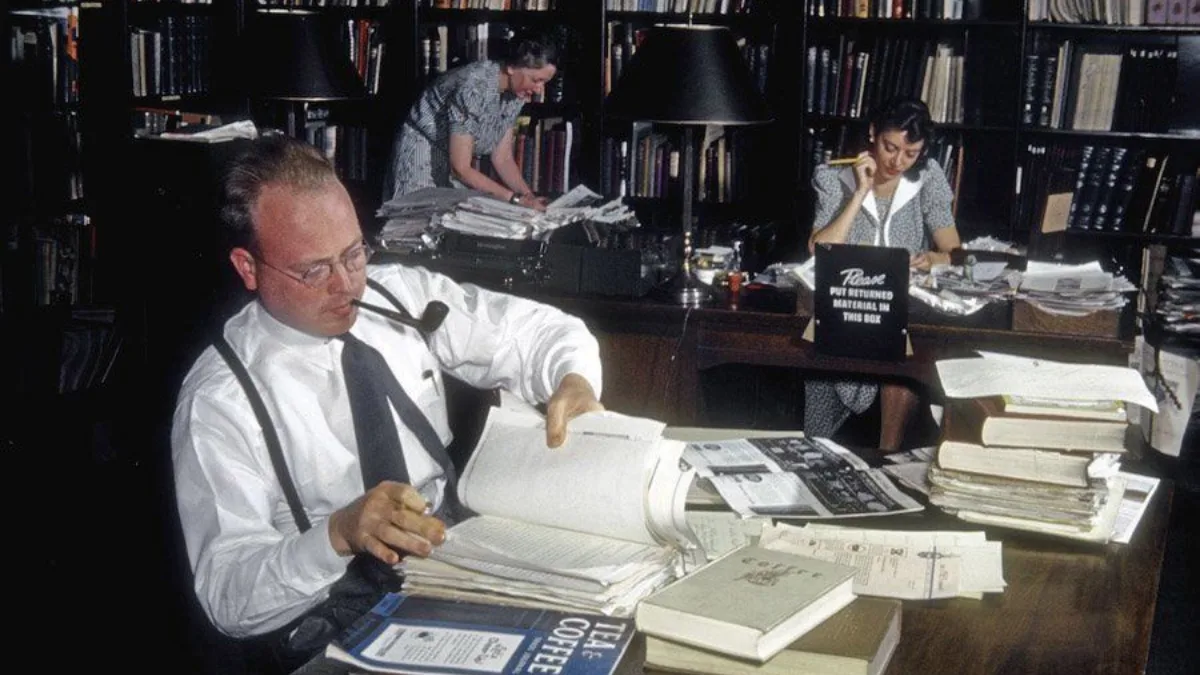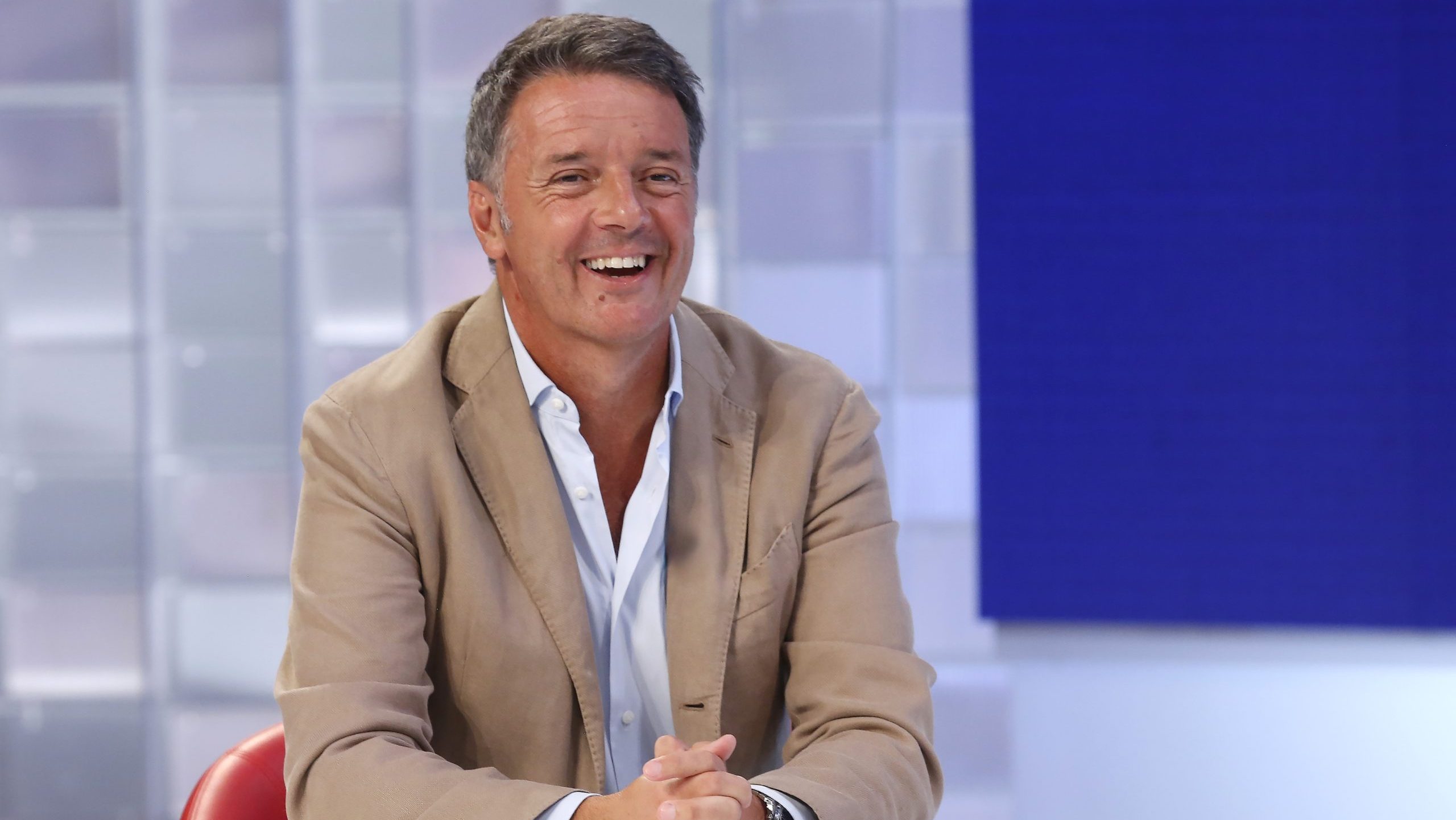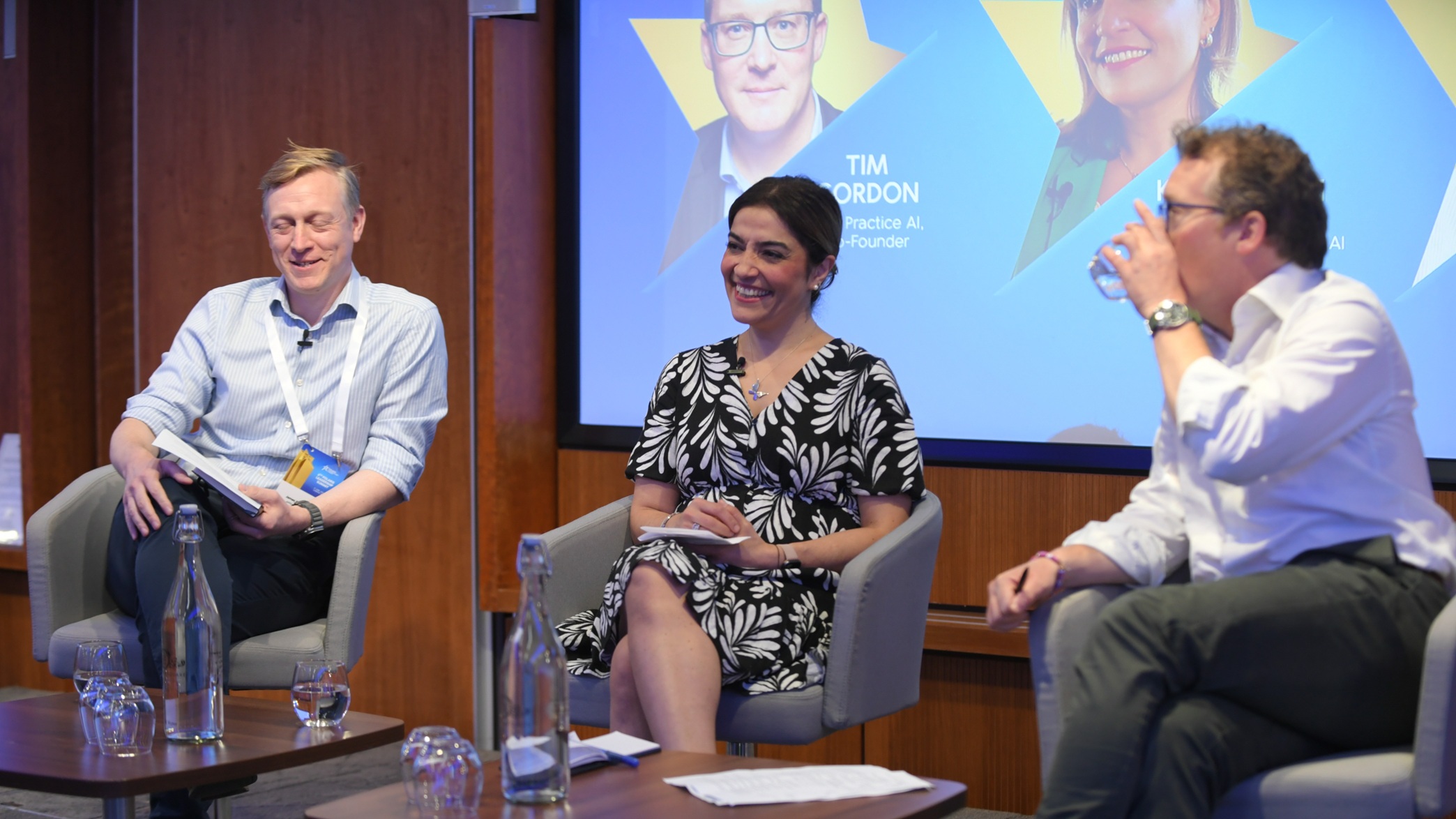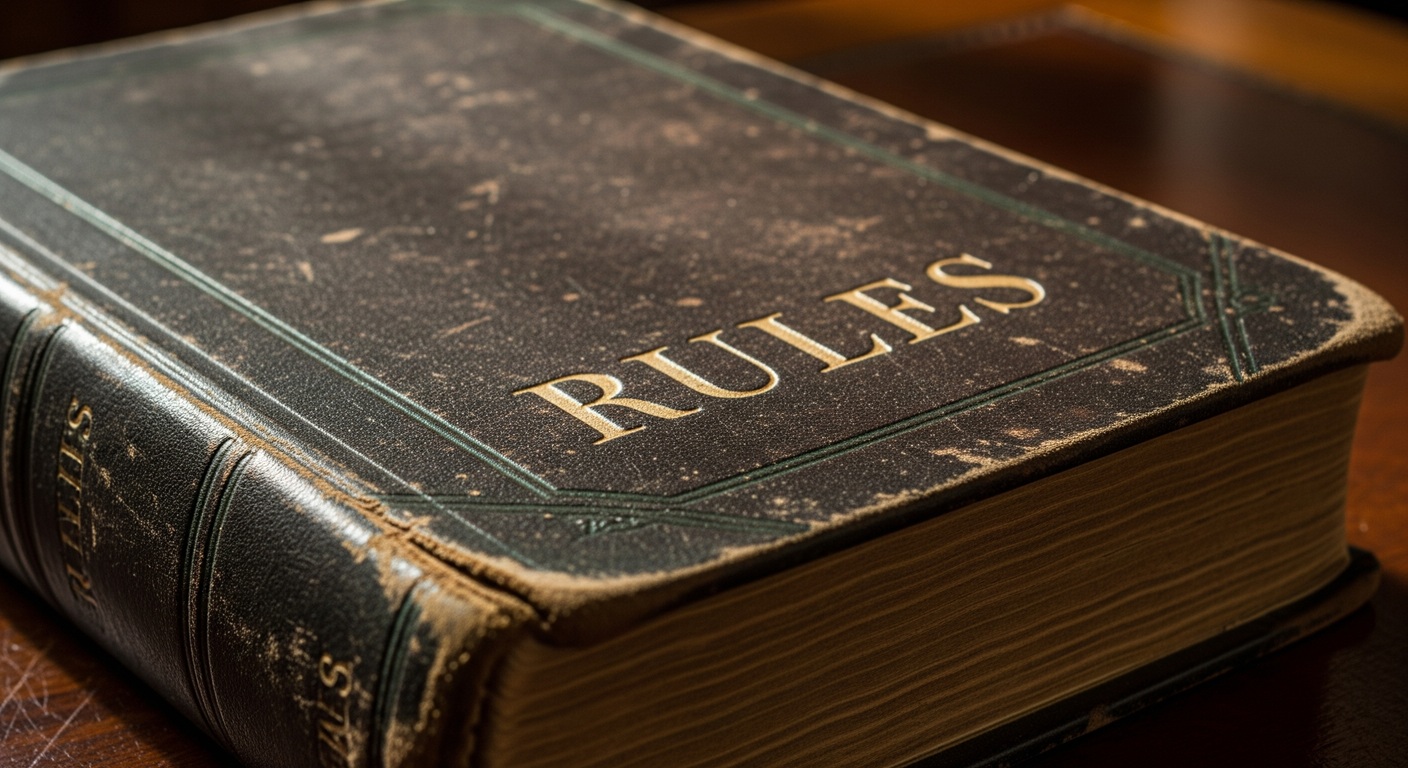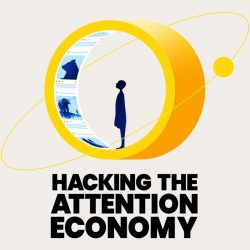Few industries have more mythical allure than that of advertising
Indeed, nobody made a TV show about the birth of the insurance industry. Many vividly picture the ‘Golden Age’ when iconic advertising was created by impeccably dressed men in smoky offices on Madison Avenue. As an industry we have reckoned with our legacy, from the objectification of women in advertising, to the ceilings the industry built for them, and others from diverse backgrounds, in the boardroom. We’ve taken great strides forward in the environment where work is created, as well as considering the impact our work has had on the world. Whilst that’s an undeniable positive, there are always lessons that we can learn from the past, insight we shouldn’t lose along the way.
As a strategist at Ogilvy I’m aware of the enormous legacy I build on with my work, and I have the advantage of being able to delve into the agency’s archives. Given this month’s theme of legacy, I cracked open decades old copies of Ogilvy’s Viewpoint magazine, the internal publication where people from all fields around the globe would share anecdotes, tips and learnings, to see if I could find lessons from the past that are relevant today.
Don’t shy away from ‘boringless silliness’
In a copy of Viewpoint from 1986 Novelist Louis Auchincloss recalled when David Ogilvy asked him if ‘there was some kind of law or statute in the US that mandated that advertisements be boring.’ He was pointing out something that still grates on many of us today. Why does advertising take itself so seriously, especially when consumers are looking for brands to be funnier (Marketing Dive, 2022).
Indeed, our work with Sipsmith featuring a talking (and slightly delusional) swan worked so well to drive salience, because it swam apart from all the stuffy gin brands that were busy preaching about the seriousness of their craft.
David said: boring is the ultimate sin.
Today as the media has fragmented and brands can turn up in thousands of different spaces there is even more opportunity to bring consumers joy, or bore the pants off them. This caution from the past is just as urgent today.
Ritual bonding beyond the booze
In the heyday of adland, smoking and drinking played a big part of bringing people together. Though even back then an Ogilvy executive cautioned against encouraging too much indulgence as it could ‘reduce effectiveness and make handwriting hard to decode‘! Whilst it’s a good thing that we avoid building socialising just around the pub today, the importance of sociability is something we should never lose sight of especially in the drive to bring people back into the office.
A management article How to build and develop a terrific staff, Viewpoint, 1987, is not just about hiring processes or frameworks for career development plans. In fact, it’s full of tips on how to make great people stay through culture: ‘Create an agency people want to be in, make it fun to be there. Organize celebrations, have a picnic. Take everyone to the beach for an afternoon.‘
So, while we may not bring back full hedonism, we are a social species, working in a social industry and can’t let that fade behind isolated screens.
Build connections, not air miles
Michael J. Ball, (former executive director Ogilvy & Mather International Sydney) talks about his learnings as a frequent flyer (How to Work at 39,000 Feet, Viewpoint, 1984). From this article I get an understanding of just how crucial it was to develop and maintain a personal relationship with clients, wherever they were in the world. Today our desire to make our work more sustainable, along with the ease of video calling means we spend less face time with our client partners. Perhaps, as we reduce the quantity of in-person contact, we need to up the quality of it. We can use remote meetings for the efficient day to day work but reserve the time we do get together for discussing big picture questions. And we shouldn’t shy away from having these discussions in more relaxed and informal environments.
As I get to the end of my mini expedition into the past, the thing that most stands out is the importance we have always placed on craft and the people who do it. The legacy left behind serves as a testament to our dedication and passion. I don’t think this will be the last time I open up the archives, because as I look to the future, it’s clear there’s still a lot to learn from those who came before.
Featured image: Golden Age of Advertising, Ivan Dmitri / Michael Ochs Archives




